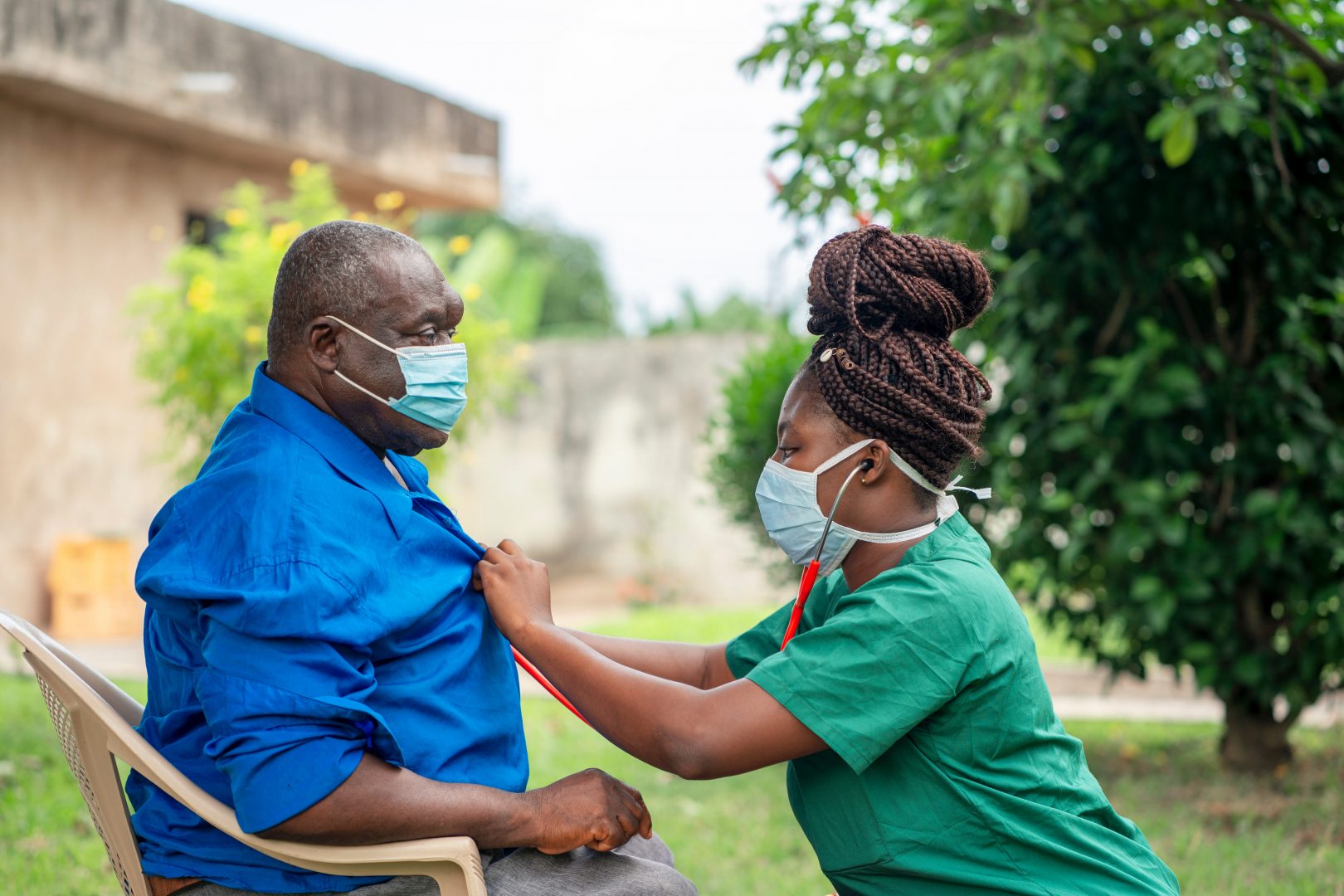
There are several supposed vaccines on the market to combat COVID-19 due to Operation Warp Speed instituted by former President, Donald Trump. However, many are still confused about distinctions and problematic effects that may occur with the various vaccines available to combat the viral infection. In this effort, we will clear up and define in detail, some of the observations scientifically noted regarding the AstraZeneca COVID-19 Vaccine. The University of Oxford joined with the British-Swedish company, AstraZeneca, to advance and test a coronavirus vaccine.
Development: Oxford University aligned with the British-Swedish company, AstraZeneca, to develop and test a coronavirus vaccine, which was developed and produced at two sites in the UK. Currently, many doses are being made by the Serum Institute in India.
How does it work: The AstraZeneca COVID-19 vaccine is made from a debilitated form of a common cold virus called an adenovirus, extracted from chimpanzees. The simple modification contains genetic material in common with the coronavirus. When injected, it trains the body’s immune system to fight the real virus. Basically, they take the harmful and infective part of the virus, called a Spike protein, and insert them into the less harmful adenovirus, causing the body’s immune system to create and activate T-Cells to fight the virus. This is more like gene-cell therapy than traditional vaccines, given that this is a viral vector vaccine designed to deliver a portion of genetic code to cells, which enables them to make a pathogen’s protein that will fight and react to future infections.
Learn about potential blood clots caused by the AstraZeneca vaccine on the next page.















